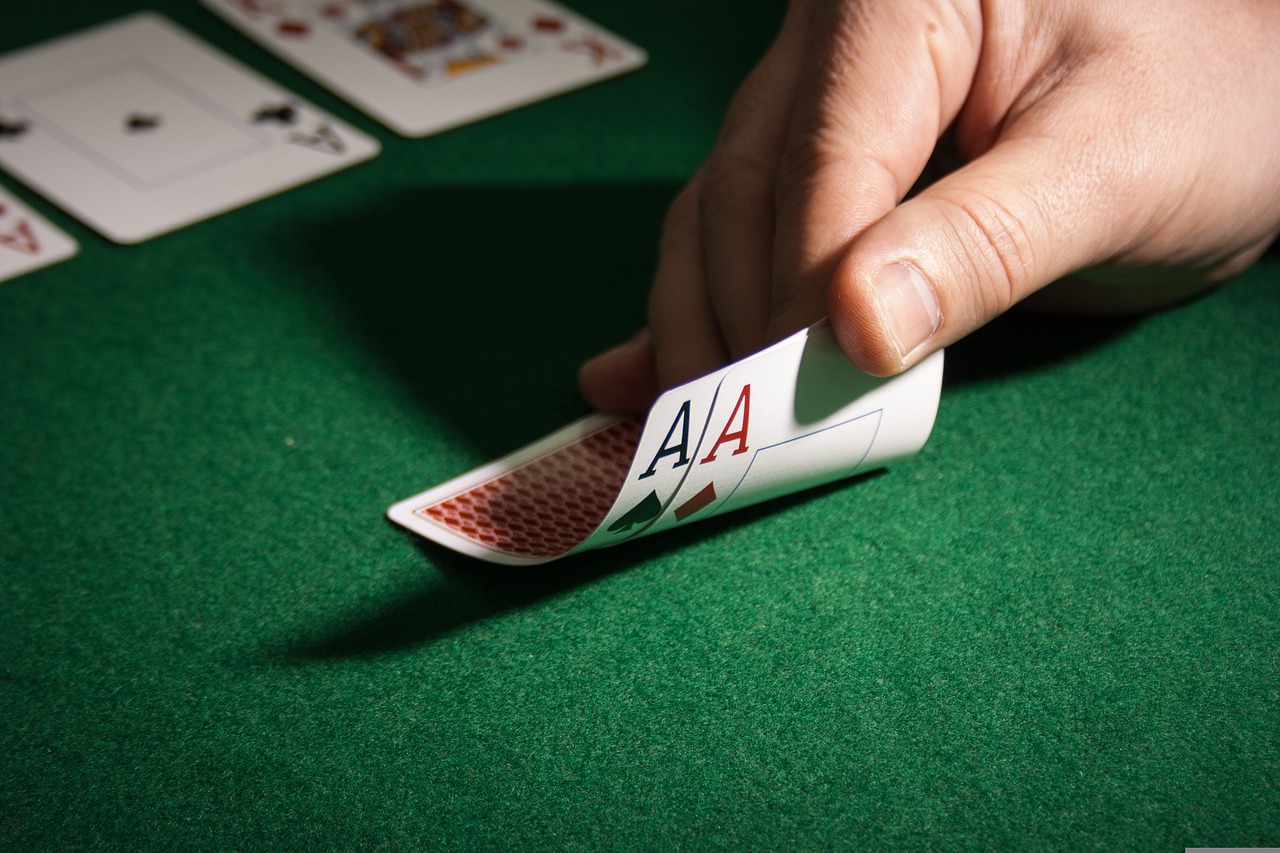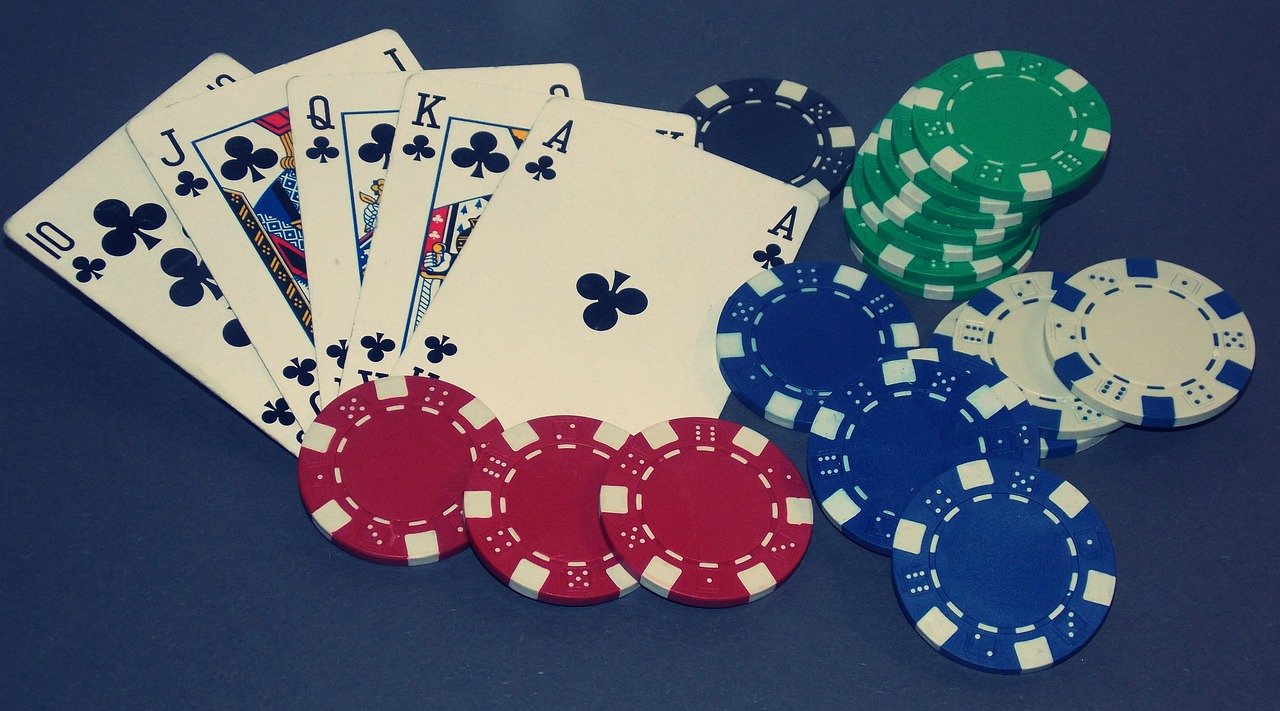

Poker is a dynamic game that entails a whole universe of strategies, techniques, and technical terminologies. If you’re new to the game, you may often find yourself confused or overwhelmed by the amount of information and jargon in poker articles and tutorials. Don’t worry; we’re here to help.
This quick guide will break down five key poker betting strategies to help demystify the game for you. By the end of this article, you’ll be well on your way to understanding poker strategy at a much deeper level.
If you’d like to learn more poker rules, concepts, and tips, sign up for GGPoker, the world’s largest poker room. The site is known to offer one of the widest ranges of online poker games and tournaments out there today and has a dedicated online Poker School for players of all skill levels.
Download the free GGPoker desktop or mobile app and register your free account to begin your poker training today.
Now, let’s get started on our poker betting crash course.
Continuation Bet
What it is:
A continuation bet or c-bet is a bet made by the player who last raised pre-flop on the flop. The c-bet is usually a value bet, meaning the bettor is betting with a strong hand, often a made hand or a draw. It could also be a bluff, in which the player is betting with a weak hand, hoping to win the pool of poker chips with a fold.
Why it matters:
C-betting is generally considered a standard poker strategy. This is because the pre-flop raiser is likely to have the best hand and thus can extract more value from their hand with this post-flop strategy.
Additionally, the player who raises pre-flop is usually in position, which gives them a strategic advantage as they can better control the size of the pot and put pressure on the other players on the poker tables.
C-bets also help build the pot, which benefits the player who last raised pre-flop. A larger pot means a higher potential return on investment (ROI) for the original raiser.
When to use it:
A c-bet is usually made when you’re the last pre-flop raiser and are the first to act on the flop. If you’re the last to act on the flop and beyond, it would be best to avoid this strategy altogether, as it will be harder to control the size of the pot and pressure your opponents.
C-betting can also be used as a bluffing technique, although it’s generally best to avoid it if you are competing against players who never fold or against a large group. Bluffing is riskier in a larger group as it’s more likely that someone has a stronger hand than you or that someone can call your bluff.

Check-Raising
What it is:
A check-raise is when a player first checks, then raises after an opponent bets. It’s typically used as a bluff to try and win the pot with a marginal hand or to extract more value from weaker hands.
Say Player A has a strong hand, and Player B has a weak hand pre-flop. The flop comes down, and Player A checks to Player B. Player B, thinking they have the best hand, bets $10 into the pot. Player A then raises to $30. This is a check-raise.
Why it matters:
Like c-betting, check-raising can be an effective tool for bluffing or getting more value out of your cards.
By checking first, you’re allowing your opponents to bet, which they may do with a weak hand. You can then raise, putting pressure on your opponents and forcing them to make a difficult decision.
When to use it:
Generally, you want to check-raise on the flop when you can squeeze more value out of mediocre hands or make stronger hands fold on the poker table. It’s also a good option when you have a marginal hand that may not fare well in future betting rounds due to table dynamics.
However, remember to assess all the critical factors, such as your opponents’ hand ranges and playing styles, before deciding to use this strategy. Like any poker move, check-raising can backfire if misused.
Open Raise
What it is:
To open raise means to open a betting round with a raise. This usually comes after the blinds are posted, so the player who makes the raise puts pressure on the blinds.
Why it matters:
An open raise typically signifies a strong hand, as the player risks more money to win a smaller pot. But it can also be a bluffing technique. Either way, open raising puts pressure on the other players, who now have to decide whether to call, fold, or raise themselves.
When used correctly, open raising can be an effective way to take down the pot early on or at least narrow down your competition at the flop.
When to use it:
Any player, regardless of position, can open raise in a poker match. However, if you adopt this strategy, remember to adjust your hand ranges based on where you sit at the poker table. If you’re in an early position, it’s best to open raise with the strongest hands. In a late position, you can open raise with a wider range of hands.
Flat Call
What it is:
A flat call means a player who might have been expected to raise or fold simply calls the current bet. It could be a sign of weakness, such as when a player is drawing to a hand. Alternatively, it could be a way to set up a check-raise later in the hand.
Why it matters:
A flat call can signify several things, such as a strong hand that doesn’t want to risk losing value by raising or a weak hand that doesn’t want to commit too much money to the pot. It can also be used to disguise your hand’s strength and lull your opponents into a false sense of security.
When to use it:
Flat calling can be a good option when you have a drawing hand, such as a flush or straight draw, and you want to see more cards without putting too much money in the pot. It can also be used to control the size of the pot or to bluff your opponents.
Squeeze Bet
What it is:
A squeeze bet occurs when a player raises in late position after two or more players have already called in early position. It’s called a squeeze bet because the raiser “squeezes” the other players out of the pot.
Why it matters:
Squeeze bets are commonly used as bluffs. By raising after two or more players have already called, you’re putting pressure on those players and forcing them out of the hand. It could also be used to grow the pot’s value, particularly when you have a strong hand like a made flush or full house.
When to use it:
Make a squeeze bet when you have a strong hand that you can maximize value or when you want to pressure your opponents to fold early in the game.
However, as with any poker move, you must remember to assess your opponents’ hand ranges and playing styles before adopting this strategy. You don’t want to get caught bluffing in a spot where you’re likely to get called or raised.
There you have it! Five key poker betting strategies to add to your poker arsenal. Keep these techniques handy, so you can use them to your advantage the next time you play your favorite game of poker online or at future live tournaments.
 Skip to content
Skip to content





